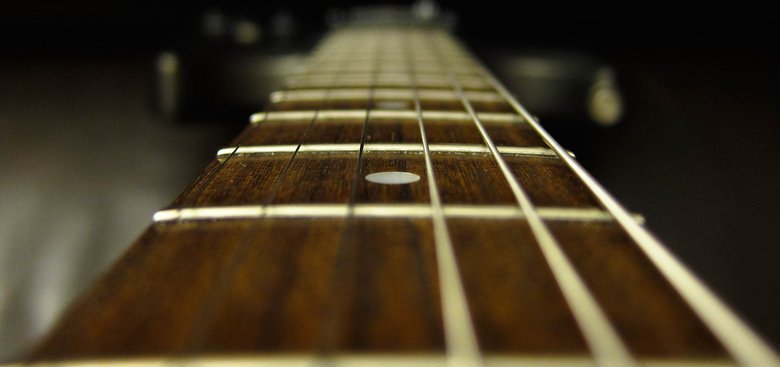Guitar necks – types, profiles, and everything else you wanted to know
The guitar neck is the most personal part of the instrument. No wonder it comes in so many shapes and types.

The neck of your guitar is where you make most contact with it. It's the most personal, most intimate part of the guitar, and it's crucial to how it plays and sounds.
Guitar necks can be made of maple, or mahogany. Of rosewood, or basswood. They can be set (glued in) or bolt-on (though not necessarily with bolts). And they can be shaped like a C, a U, or even a V. So what's the difference?
Bolt-on or set guitar neck?
Let's deal with this issue first. There are three ways of fixing a neck to a guitar, you can glue it, screw it, or make the neck the central piece of the guitar and attach two body pieces either side, like wings. This 'neck-through body' design is much less common than the other two, although is used on Gibson's Firebird. It tends to produce a brighter, thinner sound, because the lower mass of the body 'wings' cuts down on low frequency resonance.
Bolt-on and set necks are much more common. Set necks are glued in place and this method is used in almost all acoustic guitars, as well as in the Les Paul.
By contrast, bolt-on necks are used on Fender's Stratocaster and Telecaster. The term 'bolt-on' was coined by Leo Fender, though both the Strat and Tele use screws instead of bolts.
The neck in profile
The neck profile, it's shape is important for both comfort and playability. The profile affects how your hand is able to wrap around the neck, and therefore how easily your fingers can move around the fretboard, as well as how comfortable the guitar feels in your hand.
Some players, like Jeff Beck, favour fat, C-shaped necks (sometimes known as a D-shape), while others prefer a U-shape, which is almost rectangular and works best for players with long fingers. Then there's the V-shape favoured by Eric Clapton. There are several different versions of V shape, from soft to hard, depending on how pronounced you want the apex of the V to be.
If you buy a guitar off the shelf, you'll have little choice of neck – you'll never see a Les Paul with a bolt-on neck, for example. But if you're having a guitar custom-built, or are building one yourself, give the neck plenty of thought. You'll spend a lot of time with it in your hand, and it will make a real difference to how you play.
More reading on guitar necks here and here
Main image: Justin Parmelee
Recently on Guitar Hive
-
Electric guitar strings - make your next set the best you've ever played
Apr 23, 15 02:06 PM
There are so many different types and brands of electric guitar strings on the market, buying a set can be confusing. Here's how to choose the best set for you. -
The guitar neck – types, profiles, and everything else you wanted to know
Apr 17, 15 02:24 PM
The guitar neck is the most personal part of the instrument. No wonder it comes in so many shapes and types. -
The neck fingerboard radius explained
Apr 15, 15 06:01 AM
The neck fingerboard radius is one of those seemingly complicated features that's really very easy to understand.
On eBay...




New! Comments
Have your say about what you just read! Leave us a comment in the box below.